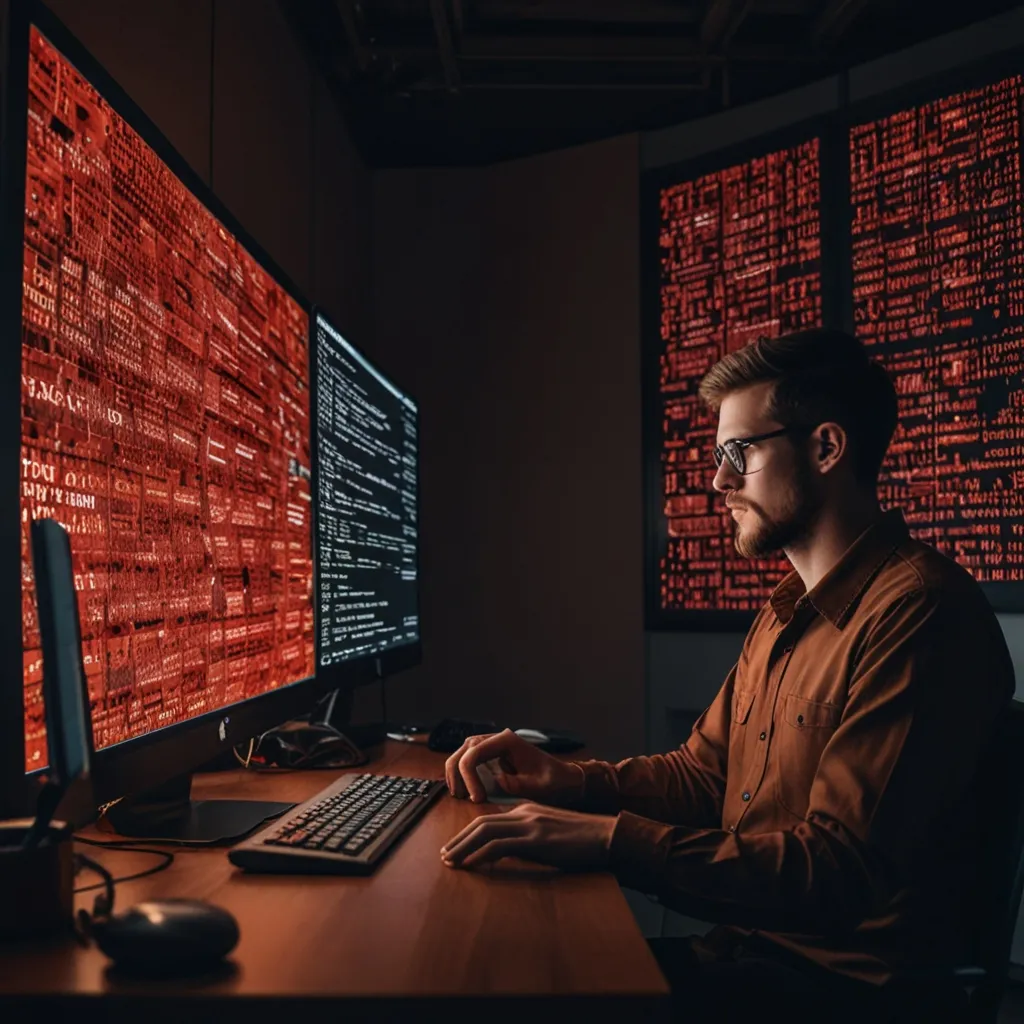Ever wondered how developers whip up those sleek, native-looking mobile apps that run on both iOS and Android without building separate versions? Let’s talk about Ionic, a game-changing open-source mobile app development framework. This wizardry, cooked up by a company called Drifty and released back in 2013, uses web technologies like HTML, CSS, and JavaScript. The cool part? It creates apps that feel right at home on any platform, whether it’s your iPhone, Android device, or even your desktop.
The Hybrid Magic
Hybrid apps are kinda like the best of both worlds. They’re built using web technologies at the core, wrapped in a native application shell. This lets them run smoothly on different platforms. Tools like Apache Cordova or Ionic’s own Capacitor make these shells, bridging the gap between the app and the device’s native features.
Why Ionic Stands Out
Cross-Platform Wonder: Write your code once, and voila! It works on multiple platforms. No need for different codebases for iOS, Android, or desktops. This is a massive time-saver and a godsend for businesses wanting to reach more people faster.
Free is Awesome: Ionic’s free and open-source. Developers can dive into the source code, tweak it to their heart’s content, and share their improvements. It’s a community-driven playground where everyone benefits without worrying about pesky licensing fees.
Ease of Testing and Debugging: Testing in Ionic is a breeze. Cordova commands let you test on both iOS and Android simulators, as well as browsers on your desktop and mobile. You can even do remote debugging to squash those bugs efficiently.
Community Love: Ionic has a buzzing community. Whether it’s forums, GitHub, Twitter, or Slack, there’s always a place to get and give help. This is particularly handy for smaller businesses that might not have a whole team of developers at their disposal.
Digging Into Ionic
Web Technologies at Heart: Developers use HTML, CSS, and JavaScript to craft their apps. These are wrapped in a native shell made using tools like Cordova or Capacitor, allowing the app to run natively while flexing the power of web technologies.
Plugins for Extra Juice: Need your app to use the camera, GPS, or Bluetooth? No problemo. Ionic and Cordova have an extensive plugin system to access device features, making hybrid apps feel just as native as the real deal.
Why Go With Ionic?
One Code, Many Platforms: This might be the crown jewel of Ionic. The single codebase means you write your app once and deploy it everywhere. It’s efficient, cost-effective, and simplifies maintenance – changes only need to be made in one place.
Using Web Dev Skills: Many teams already have web developers on board. With Ionic, these folks can easily jump into mobile app development without extra training or hiring iOS and Android geniuses. This is a massive win for starting new projects quickly.
Native Features: Ionic’s plugins let hybrid apps tap into native features, from push notifications to camera access and more. This puts hybrid apps nearly on par with native apps in terms of functionality.
Tools in the Ionic Kit
Ionic CLI: The Command Line Interface is like your trusty sidekick. It helps you create, build, test, and deploy your apps with ease and even supports popular JavaScript frameworks like React and Vue.js, adding another layer of versatility.
Capacitor: This is Ionic’s secret sauce for building cross-platform apps. It provides a native shell for the web app and lets developers access device features through plugins. It even supports hot refresh – instant feedback during development.
Appflow: Ionic Appflow takes the hassle out of building, deploying, and managing apps. It automates the build process, lets you push live updates, and handles publishing to app stores all in one place. Less stress, more productivity.
Real-World Magic
Building a Chat App: Imagine building a slick chat app for Android and iOS with just two developers in four days. Sounds like a fairy tale, but not with Ionic. Developers have pulled off this kind of rapid development using Ionic, Angular, and Capacitor, making tight deadlines less daunting.
Going from Mobile to Web: Many successful mobile apps eventually need a web version. With Ionic, flipping a mobile app into a web app is a cinch. The same codebase works, saving time, resources, and headaches. Perfect for businesses aiming to expand their reach.
Some Hiccups and Heads-Ups
App Store Juggling: Despite Ionic making development a breeze, getting those apps onto Apple and Google’s app stores can still be a bit tricky. You need to get familiar with the native app ecosystems for testing and deployment. Thankfully, tools like Ionic Appflow can ease this process.
Performance Considerations: While hybrid apps built with Ionic are quite powerful, they might not always match the performance of purely native apps, especially in scenarios requiring heavy processing, like high-performance gaming. But for most apps, Ionic’s performance is more than adequate.
Wrapping It Up
Ionic’s a superstar for building cross-platform mobile apps. Its blend of web technologies, single codebase efficiency, extensive plugin ecosystem, and thriving community support make it a top choice for developers. Whether you’re a veteran coder or a newbie, Ionic’s flexibility, ease of use, and cost-effectiveness make it a compelling option for any mobile app project. It’s like having a magic wand in the world of app development, making the complex a whole lot simpler and faster.






